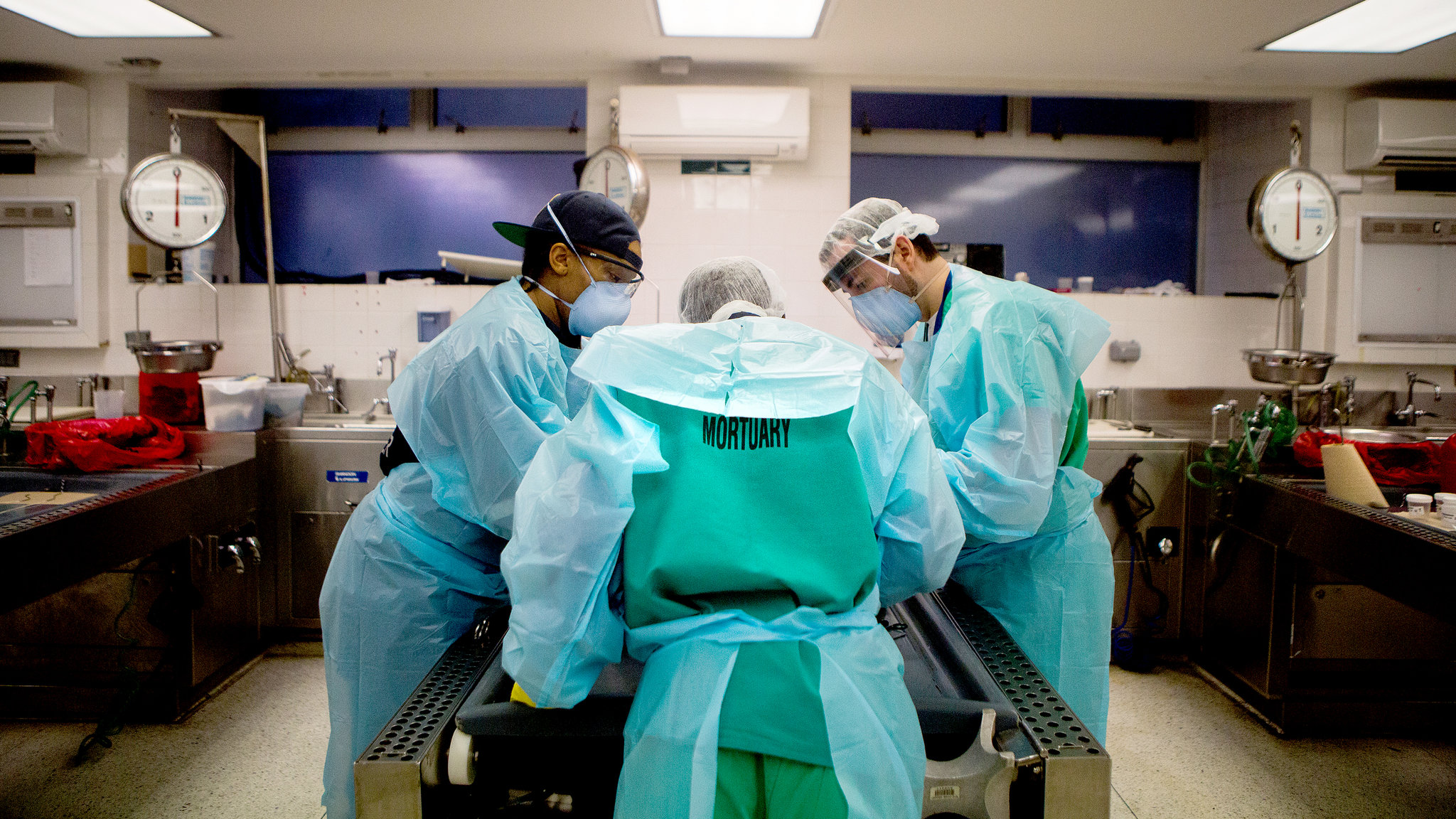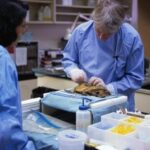The morbid curiosity surrounding forensic pathology, often simply called autopsy work, is undeniable. It pervades popular culture, from procedurals on television to true crime podcasts. Why are we so drawn to the examination of the deceased, the investigation into the cause of death? Is it a fascination with mortality itself, a morbid preoccupation with the inevitable end that awaits us all?
Part of the allure undoubtedly stems from the inherent mystery. The human body, even in death, can hold secrets. A forensic pathologist serves as a detective, meticulously piecing together the final moments of a life, deciphering the physiological narrative etched onto the flesh and bone. This isn’t just about determining the cause of death; it’s about understanding the sequence of events leading to it, differentiating between accidental injuries, homicidal acts, and natural processes.
The Rigorous Path to Expertise
Becoming a forensic pathologist is not for the faint of heart. It requires a robust academic foundation, beginning with a medical degree (MD or DO). Following medical school, aspiring pathologists must complete a residency in anatomic and clinical pathology, typically lasting four years. This intensive training covers a broad spectrum of disease processes and diagnostic techniques. Subsequently, a one- to two-year fellowship specifically in forensic pathology is required. This fellowship provides specialized training in performing autopsies, interpreting toxicology reports, analyzing trace evidence, and providing expert testimony in legal proceedings.
Board certification by the American Board of Pathology is the gold standard for forensic pathologists. This certification demonstrates competence and expertise in the field and is often a prerequisite for employment.
A Day in the Mortuary: Beyond the Slabs
Contrary to popular perception, the life of a forensic pathologist extends far beyond the autopsy table. While performing autopsies is a central aspect of the job, it represents only a fraction of their responsibilities. A typical day might involve:
- Scene Investigation: Attending crime scenes to assess the environment and collect preliminary information. This might involve documenting the position of the body, identifying potential weapons, and evaluating the overall context of the death.
- Reviewing Medical Records: Examining the deceased’s medical history, including previous illnesses, medications, and surgical procedures, to gain a comprehensive understanding of their health status.
- Performing External Examinations: A thorough inspection of the body’s exterior, documenting any injuries, identifying distinguishing features (scars, tattoos), and noting the presence of lividity and rigor mortis.
- Conducting Internal Examinations (Autopsy): This involves a systematic dissection of the body, examining each organ for abnormalities, collecting tissue samples for microscopic analysis (histopathology), and documenting any pathological findings. The Virchow technique, in which organs are removed one by one for detailed examination, is commonly employed.
- Toxicology Analysis: Ordering and interpreting toxicology reports to determine the presence of drugs, alcohol, or other toxins in the body. This is crucial in cases of suspected overdose or poisoning.
- Microscopic Examination (Histopathology): Examining tissue samples under a microscope to identify cellular abnormalities, inflammation, or other signs of disease.
- Report Writing: Preparing detailed autopsy reports that summarize the findings of the examination, interpret the evidence, and provide an opinion on the cause and manner of death.
- Court Testimony: Providing expert testimony in legal proceedings, explaining the autopsy findings to a judge and jury, and answering questions from attorneys.
The Emotional Toll and Coping Mechanisms
Working with death daily inevitably takes an emotional toll. Forensic pathologists are exposed to graphic scenes of violence, suffering, and loss. They must develop coping mechanisms to manage the stress and avoid burnout. Some common strategies include: regular exercise, spending time with loved ones, engaging in hobbies, seeking therapy or counseling, and maintaining a strong support system among colleagues.
Detachment is also a crucial skill. While empathy is important, forensic pathologists must maintain a professional distance to objectively analyze the evidence and avoid becoming emotionally overwhelmed. This ability to compartmentalize is essential for performing their duties effectively.
The Ethical Considerations
Forensic pathologists operate within a strict ethical framework. They must maintain confidentiality, respect the dignity of the deceased, and provide unbiased opinions based on scientific evidence. Conflicts of interest must be avoided, and transparency is paramount. The National Association of Medical Examiners (NAME) provides guidelines and standards for ethical practice in forensic pathology.
The role also necessitates constant awareness of potential legal ramifications. Ensuring chain of custody for evidence, documenting procedures meticulously, and adhering to established protocols are critical for maintaining the integrity of the investigation and ensuring the admissibility of evidence in court.
The Future of Forensic Pathology
The field of forensic pathology is constantly evolving, driven by advancements in technology and scientific knowledge. Molecular pathology techniques, such as DNA analysis and genetic testing, are increasingly used to identify individuals, determine parentage, and investigate the role of genetics in disease. Virtual autopsy techniques, such as postmortem computed tomography (PMCT) and magnetic resonance imaging (MRI), are being used to visualize the body’s interior without the need for traditional dissection. These technologies offer new possibilities for investigating deaths, particularly in cases where traditional autopsies are not feasible or desirable.
The application of artificial intelligence (AI) and machine learning (ML) is also emerging in forensic pathology. AI algorithms can be used to analyze images, detect patterns, and assist in the diagnosis of diseases. ML models can be trained to predict the cause of death based on various factors, such as age, sex, medical history, and autopsy findings. These technologies have the potential to improve the accuracy and efficiency of forensic investigations.
Ultimately, the work of a forensic pathologist is a complex and multifaceted endeavor, requiring a unique combination of scientific expertise, investigative skills, and emotional resilience. It is a profession that demands intellectual rigor, ethical integrity, and a deep commitment to justice. The fascination we have with it likely reflects a deeper human need to understand not only how we live, but also how we die.










Leave a Comment